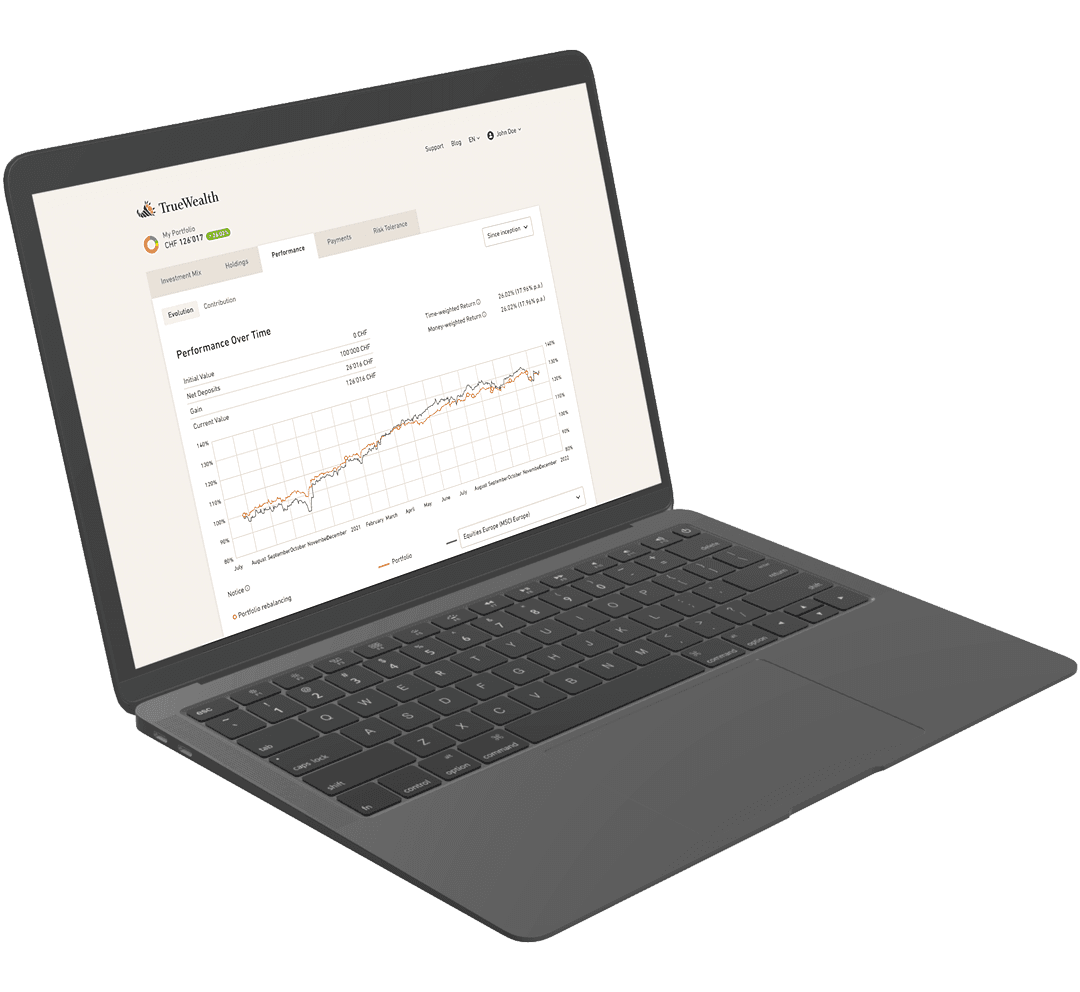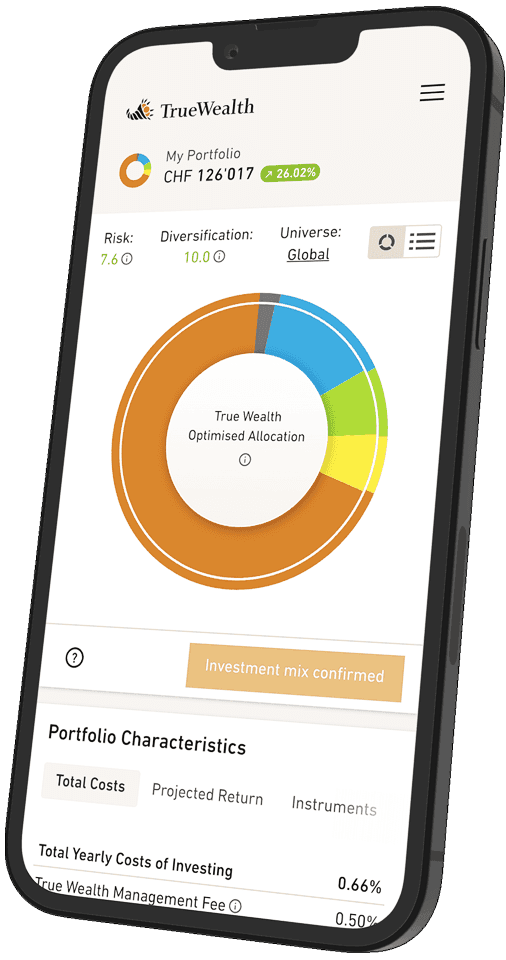#29 Home bias: Why domestic investment products are not always the best choice
Many investors tend to invest in what they know well and are familiar with – this is known as «Home Bias». Home Bias refers to the overweighting of shares from one's own country. While a purely domestic investment portfolio can certainly have its advantages, it also means foregoing opportunities for returns in other countries.
No one is safe from it
Private investors in Switzerland typically invest in Swiss equities. However, this home bias can be observed not only among private investors, but also among fund managers and institutional investors such as pension funds. For example, the proportion of Swiss equities held by pension funds in Switzerland is around 40 percent.
If pension funds were to align their equity exposure globally without any geographical preference, the proportion of Swiss equities in the portfolio would only be around two percent. This corresponds to the weighting of Swiss equities in the MSCI All Country World Index.
Reasons for the home bias
The home bias is not a Swiss phenomenon. In almost all countries, there is a strong preference for the domestic stock market. But where does this tendency come from? There is a psychological and a technical reason.
1. Psychological: familiarity with one's own country
The most important factor is probably familiarity. The vast majority of investors feel more comfortable investing in companies they know better. We are usually more familiar with companies in our own country, or we have the feeling that we understand them better. But loyalty to one's own economic area can also play a role, as investors may want to support domestic companies.
2. Technical: currency risk as a factor
The second reason is more technical. Investments in foreign shares are inevitably associated with a currency risk. However, as a Swiss investor, even with a 100% home bias, you would not be fully protected from currency risk. Switzerland is home to many globally active companies that generate their sales in different currency areas. At Nestlé, Roche and Novartis, for example, 95% of sales come from abroad. This illustrates why the home bias is a deceptive protection against currency fluctuations for Swiss investors.
Disadvantages of the home bias
We know from portfolio theory that an overly strong home bias is not an efficient investment. The art of a good portfolio is to achieve an optimal risk/return ratio.
1. Diversification
Diversification across different asset classes, different geographical markets and also across different sectors can reduce the overall risk of the portfolio without reducing the expected return of the portfolio. Or vice versa: with optimal diversification, a higher return can be expected in the long term for the same portfolio risk.
2. Return opportunities
Switzerland has a very strong global economic network. This can be seen, for example, in the SMI - although most of the 20 companies in the index are based in Switzerland, they operate globally. However, the Swiss stock market is heavily overweighted in three sectors. For example, an investment in the Swiss Market Index (SMI) means an exposure of around 80 percent in just three sectors: Healthcare, Food and Financial Services. Newer and emerging sectors such as information technology, artificial intelligence, etc. are only marginally represented in Switzerland.
With an excessive home bias, the long-term return potential is not fully exploited. Risks are taken for which no return can be expected. A complete home bias would only be justifiable if it is assumed that the Swiss equity market systematically generates higher returns.
Conclusion
Home bias is a widespread phenomenon characterized by psychological and technical factors. Despite the familiarity and apparent security offered by domestic investments, an excessive focus on the domestic market has significant disadvantages. A globally diversified portfolio makes it possible to spread risks and benefit from return opportunities worldwide. Investors should therefore critically scrutinize their investment strategy and adjust it if necessary in order to achieve an optimal risk/return ratio in the long term.
How do you invest? Do you also have well-known Swiss collector's items in your portfolio, or are you globally diversified? Write me an e-mail.
About the author

Founder and CEO of True Wealth. After graduating from the Swiss Federal Institute of Technology (ETH) as a physicist, Felix first spent several years in Swiss industry and then four years with a major reinsurance company in portfolio management and risk modeling.

Ready to invest?
Open accountNot sure how to start? Open a test account and upgrade to a full account later.
Open test account